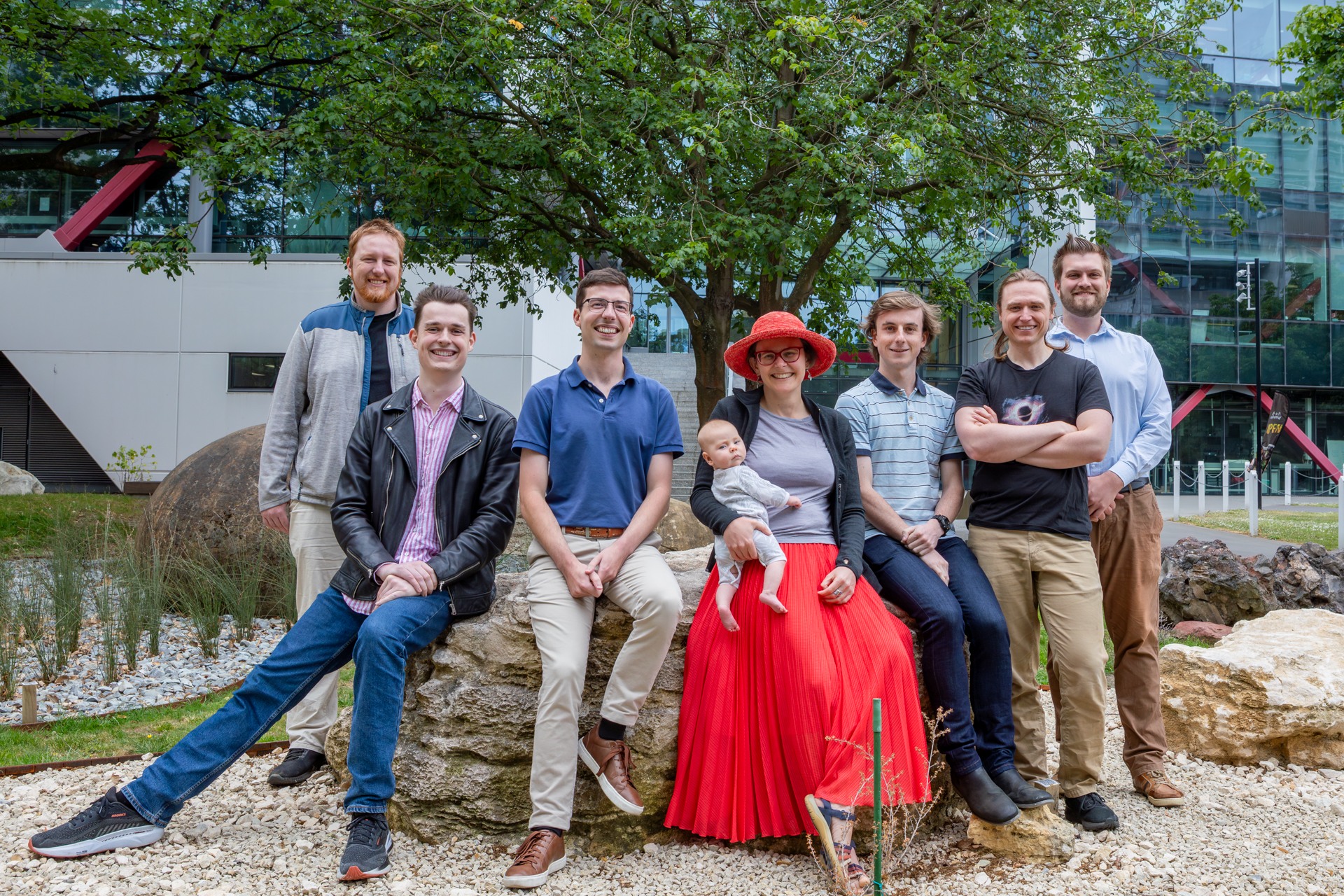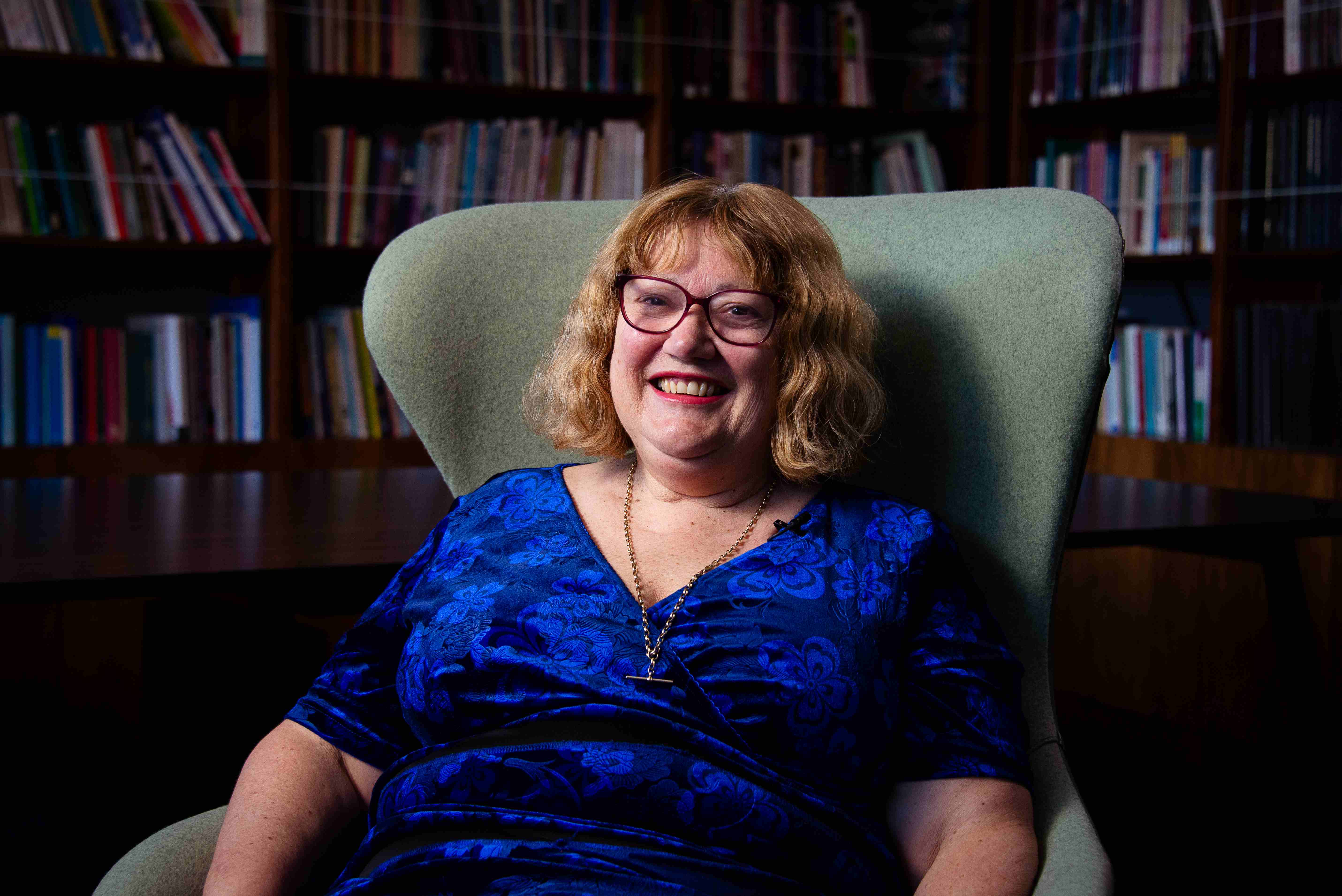Photo caption: The University of Canterbury's Canterbury Distinguished Professor Roy Kerr
Awarded annually by the Abdus Salam International Centre for Theoretical Physics (ICTP) in Italy, the Dirac Medal honours scientists who have made significant advances in theoretical physics. Founded by Nobel Laureate Abdus Salam and Italian physicist Paolo Budinich, ICTP is a global leader in advancing high-level research and supporting scientists, especially in developing countries.
Kerr, a Canterbury Distinguished Professor at Te Whare Wānanga o Waitaha | University of Canterbury (UC), is known internationally for his 1963 discovery of the exact solution to Einstein’s equations describing a rotating black hole, now known as the Kerr metric or Kerr solution.
The ICTP describes the solution as a “cornerstone of both gravitational theory and modern astrophysics”. Professor Kerr says becoming one of four winners of this year’s Dirac Medal was a complete surprise.
“I didn’t even know I was in the running. The Dirac Medal is given each year to physicists who haven’t yet received a Nobel Prize, although quite a few have gone on to win one. It’s a great honour to have my work recognised alongside the other winners, all of whom share a deep fascination with understanding black holes.”
Professor Kerr’s long-standing association with the University of Canterbury, where he served as Professor of Mathematics for over two decades, including 10 years as head of the mathematics department, continues to inspire generations of students. In 2016 UC awarded him the rare honour of the title of Canterbury Distinguished Professor, the University’s highest academic title.
The Kerr metric underpins much of modern black hole science. It plays a crucial role in interpreting the black hole mergers detected by the LIGO/Virgo/KAGRA collaboration and in making sense of the first-ever images of black holes captured by the Event Horizon Telescope. It has also shaped decades of research into the uniqueness, stability and thermodynamics of these extraordinary cosmic objects.
ICTP awarded this year’s medal jointly to Professor Kerr, Professor Gary Gibbons (Theoretical Physics at Cambridge University, UK), Distinguished Professor Gary Horowitz (Physics, University of California, Santa Barbara, USA) and Dr Robert Wald (Physics, University of Chicago, USA).
The award citation praises the winners’ “landmark contributions which have significantly shaped the study of general relativity across many generations” and highlights how their work bridges classical and quantum theories of gravity.
“I warmly congratulate the 2025 Dirac Medallists, whose groundbreaking work spans a wide range of topics in classical and quantum gravity and has greatly influenced generations of physicists, including myself,” ICTP Director Atish Dabholkar says. “This Dirac Medal stands as a tribute to the power of our physical theories and the richness of the underlying mathematical structures.”
More about Distinguished Professor Roy Kerr: https://www.canterbury.ac.nz/news-and-events/news/canterbury-distinguished-professor-roy-kerr-s-black-hole-theory-












